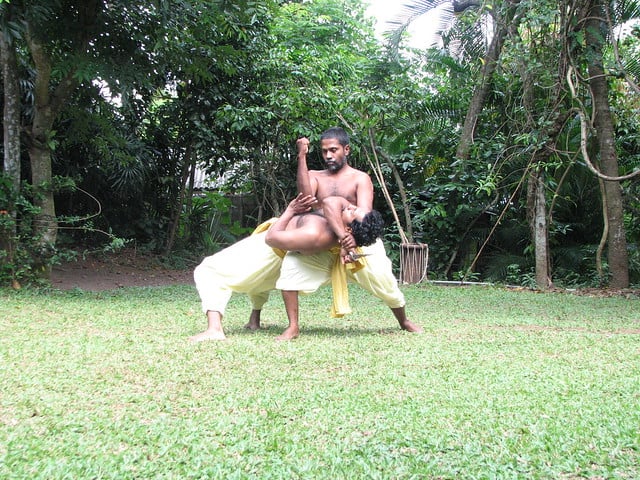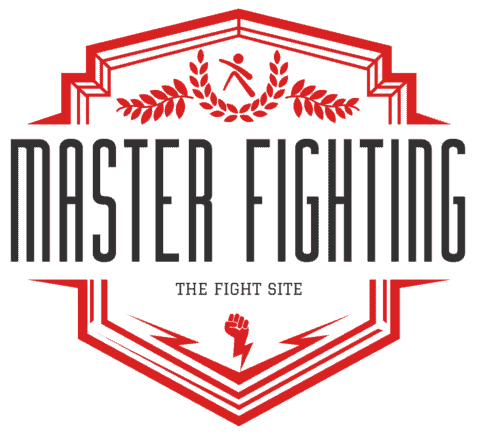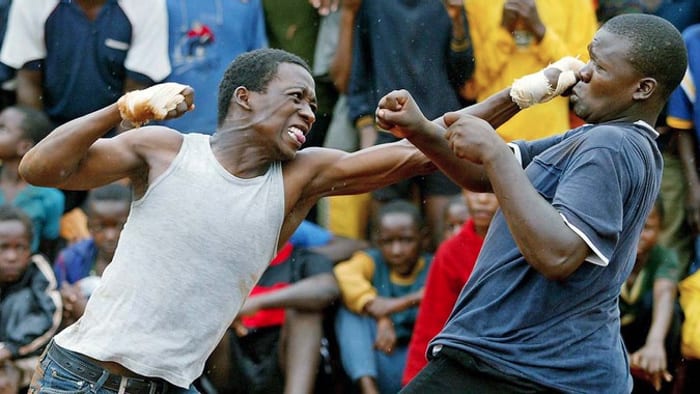Angampora- Sri Lankan Martial Art
Angampora is a style of martial art from Sri Lanka. This particular martial art is not based solely around one thing, it combines combat techniques, self-defense, sport, exercise and meditation.
This is a unique martial art as most martial arts only focus on one particular technique, while Aangampora focuses on a variety of different techniques.

History of Angampora
According to apocryphal Sinhalese folklore, angamora dates back to around 30,000 years ago. It is believed that the creators of this martial art were the Yaksha tribe.
During the medieval period, this martial art was extremely popular around Sri Lanka. During this time there was said to be a descendant of a heroine who dressed in clothing and fought the man who killed her father; she had defeated him in this battle.
Back in 1562, people who had mastered this martial art had fought with the Mayadunne army of Sitawaka. In the years where kings ruled, there were two schools that would fight against each other in front of the king on a regular basis. In 1815, the British had come across to Sri Lanka where they decided to settle.
Two years later in 1817 the British had banned the people of Sri Lanka from practicing this martial art. With this ban came punishments to which almost wiped Angampora out of history.
In 1948 after the British rule, Angampora had been renewed which had been a relief to all those who practiced this martial art. As this art is extremely popular, Sri Lanka’s Ministry of Culture and the Arts helps to keep Angampora alive and has preservation for the art so it can not be wiped out again.
Angampora Disciplines
This martial art has three main disciplines in which it focuses on. The first is locks and grips, also called Gataputtu; the second is strikes and blocks, also called Pora Haramba and the third being nerve point attacks, also called Maru Kala.
First we are going to look at gataputtu. There are several locks and grips that are used in this martial art.
Diyaballu gataya, wanda gataya, lin gataya, kathira gataya, hasthi gataya, konda gataya and pimburu gataya. These are all acceptible locks that can be used when performing this marial art.
The next discipline is pora haramba. There are a range of offensive strikes that can be used. Dik gutiya, miti pahara, pita pahara, cholle, thallu pahara, tokke, miti guliya, vakka pahara, len pahara, veesi pahara and athul pahara. These strikes can all be used when performing this martial art.
Maru Kala is the final discipline. Nerve point attacks can be very harmful to an opponent as this move is used to cause pain at the very least. It can also be used to cause serious injuries to an opponent if need be.
Angampora Training
People that learn Angampora are only allowed to (or supposed to) use this martial art for self-defence as it is not taught to be used for bad. Practice starts with everyone meditating in order to clear their mind and prepare them for training.
In each lesson there are certain techniques that are practiced. Foot movement techniques and hand fighting techniques.
Foot movement techniques are a crucial part of this martial art. Mulla panina is a foot exercise that is taught to those that practice this martial art.
It is also the first thing that is taught as it is a key part of this martial art.
Hand fighting techniques are taught after the foot movement techniques as they complete the training.
One thing that is taught to everyone who practices this martial art is to observe and identify an opponents weakness as this provides knowledge on an opponents weak spots and allows for an advantage during a fight.
Angampora is an invigorating martial art. It is also an incredible art to learn as it focuses on combat techniques, self defense, sport, exercise and meditation.
Most martial arts only focus on one thing which limits the potential of a person while Angampora provides people with key knowledge in self defense and fighting.

Author Bio
Hi, I am William. I started out in martial arts with Goshin Ju Jitsu when I was 7 years old. I am passionate about martial arts and love sharing everything I learn. I created Master Fighting to become a resource for learning about martial arts and alternative fighting styles. Learn more about me.






